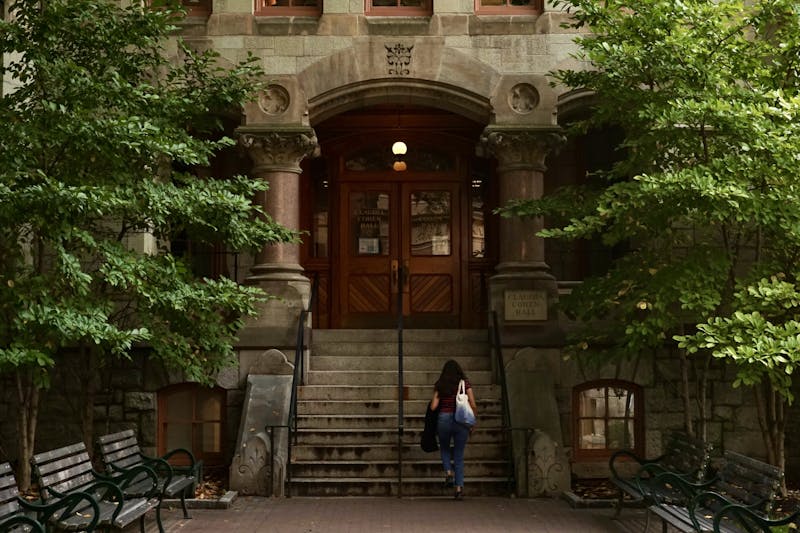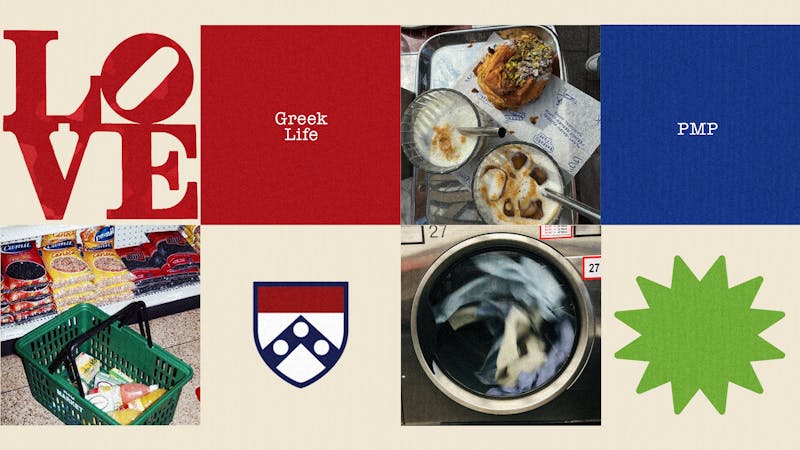In a first-of-its-kind study, researchers at Penn put a $50 million price tag on some religious institutions in Philadelphia. But whether that price tag is accurate is up for debate.
A subject left mainly untouched by economists, the study by Associate Dean for Research at the School of Social Policy and Practice Ram Cnaan sought to measure the economic value — or “halo effect” — of 12 religious congregations on urban life in Philadelphia.
As the study awaits publication, Cnaan hopes his work will lead to rigorous debate among academic peers as well as result in more extensive follow-up studies.
The study involved tallying the salaries of church staff — from clergy to technicians — as well as adding the money generated from various services performed by congregations, such as weddings and funerals, festivals, counseling programs, preschools and elder care.
Intangibles, such as the prevention of suicide or the discouragement of divorce, or, in cases of abuse, the encouragement of it, were also factored into the valuation.
The grand total for the 12 congregations was $50,577,098 in annual social and civil impact — a number which has already sparked debate amongst scholars.
“I’m very pleased with the criticism,” Cnaan said. “We know that we made some mistakes along the way.”
However, he said, we are “significantly further than we were before” in terms of understanding things that don’t have “market value in dollar terms.”
According to professor of political science and former Director of the White House Office of Faith-Based and Community Initiatives John DiIulio, the complicated business of calculating halo effects is becoming more acceptable amongst eminent social scientists.
“Estimates of the economic, social, and civic impacts of given types of organizations, are nothing new,” DiIulio wrote in an e-mail. “There will be ample room for scholars to disagree and debate the estimates in this first study.”
“Cnaan should be credited for pioneering this important line of research,” he added.
Professor of religious studies Anthea Butler was more critical of Cnaan’s work.
“There doesn’t seem to be a purpose to quantifying these things,” she said. “Does it really change what a church is able to offer?”
Cnaan answered this question by saying that congregations will potentially be able to use the valuation when “applying for grants, dealing with city officials and when recruiting new members.”
“Demonstrating impact and strength in fiscal terms will allow [congregations] to quantify their role in the city,” he wrote in an e-mail.
The Daily Pennsylvanian is an independent, student-run newspaper. Please consider making a donation to support the coverage that shapes the University. Your generosity ensures a future of strong journalism at Penn.
DonatePlease note All comments are eligible for publication in The Daily Pennsylvanian.







